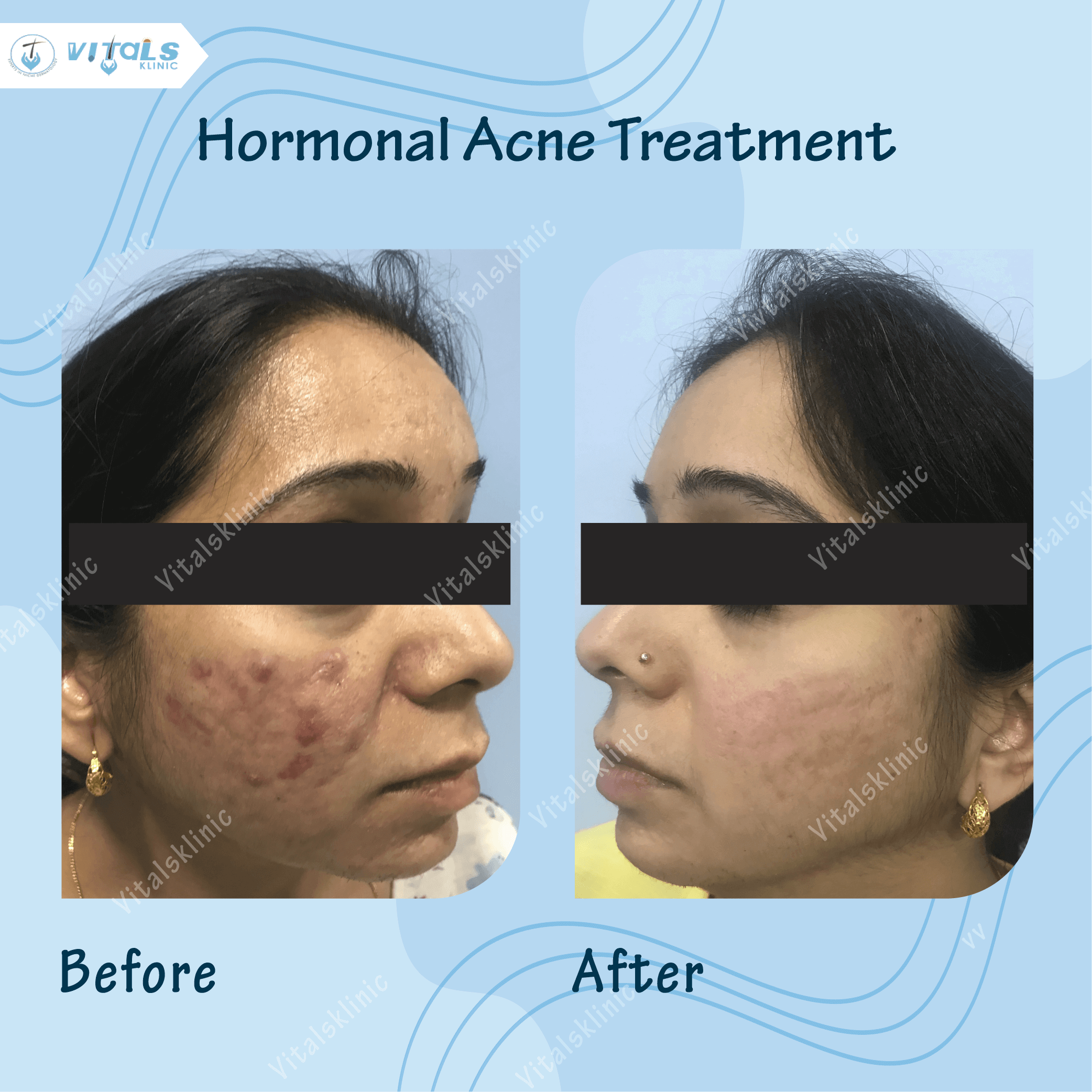Request A Call Back
VARICOSE VEINS
Varicose Veins are basically the veins in the body that are twisted and have become enlarged. They mostly occur in the veins of legs. Our veins have innumerable pairs of leaflet valves that prevent the blood flow backward and return blood to the heart against gravity. When the valves do not work the way they should, the veins become varicose wherein the blood flows backward and they expand even more. They occur most commonly in the legs due to high pressure while standing. If the superficial veins are affected, they are visible on the skin on the legs. Superficial veins are the ones that are just below the surface of the skin. This condition could also be diagnosed in the deeper leg veins that pass through the leg muscles and small interconnected veins that transport blood from thesuper!cial veins to the deep veins. The condition is quite painful especially when the person is standing. Long periods of standing activities can aggravate the situation even more. Superficial, Varicose Veins can lead to swelling of the legs, ulceration, and thickening of the skin. They are not life-threatening, but they could be confused with deep vein thrombosis which may be life-threatening. Hence, we take good care to diagnose this condition accurately.
Depending on the condition and severity of the Varicose Veins, our specialist will recommend non-surgical or surgical methods to treat Varicose Veins. Non-surgical treatments involve wearing compression stockings especially made to reduce the impact of Varicose Veins, lying down and elevating legs, exercising especially walking. Sclerotherapy, a process used to treat abnormal blood vessels may also be advised. Sclerotherapy involves injecting a sclerosing solution into the blood vessels. This solution makes the blood vessels shrink.
The surgical method to treat Varicose Veins is to remove the affected veins surgically. This process is called vein stripping. Today, new and less invasive treatments are available wherein the affected vein is sealed. Radiofrequency ablation and Endovenous laser treatment are a couple other options used to treat Varicose Veins. Radiofrequency ablation is a process that involves ablating or dissipating with the help of heat generated from the medium frequency alternating current. The patient is either put on local anesthetic or conscious sedation anesthesia. The doctor may also suggest a process that involves a radiofrequency catheter to be inserted into the affected vein to close it with radio energy. Endovenous laser treatment is another technique used to treat Varicose Veins. This is a minimally invasive process that is ultrasound guided and is done using laser energy. This laser treatment is done using optical fiber which is inserted into the affected vein using ultrasound guidance and exposing the affected vein to pulses of infrared light from the inside. This leads to contraction of the affected vein. A diluted local anesthetic is also injected using ultrasound guidance around the affected vein. The patient is then made to wear a bandage or wear a stocking for about 2 or three weeks until the recovery is complete. Some techniques like ambulatory phlebectomy may be required to be performed within a week or two after the endovenous laser treatment to treat branch Varicose Veins. However, our specialists usually avoid this additional procedure as the reduced reflux from the veins treated using endovenous laser treatment usually improve the functioning of the branch veins.
Our Services

tumour removal treatment














